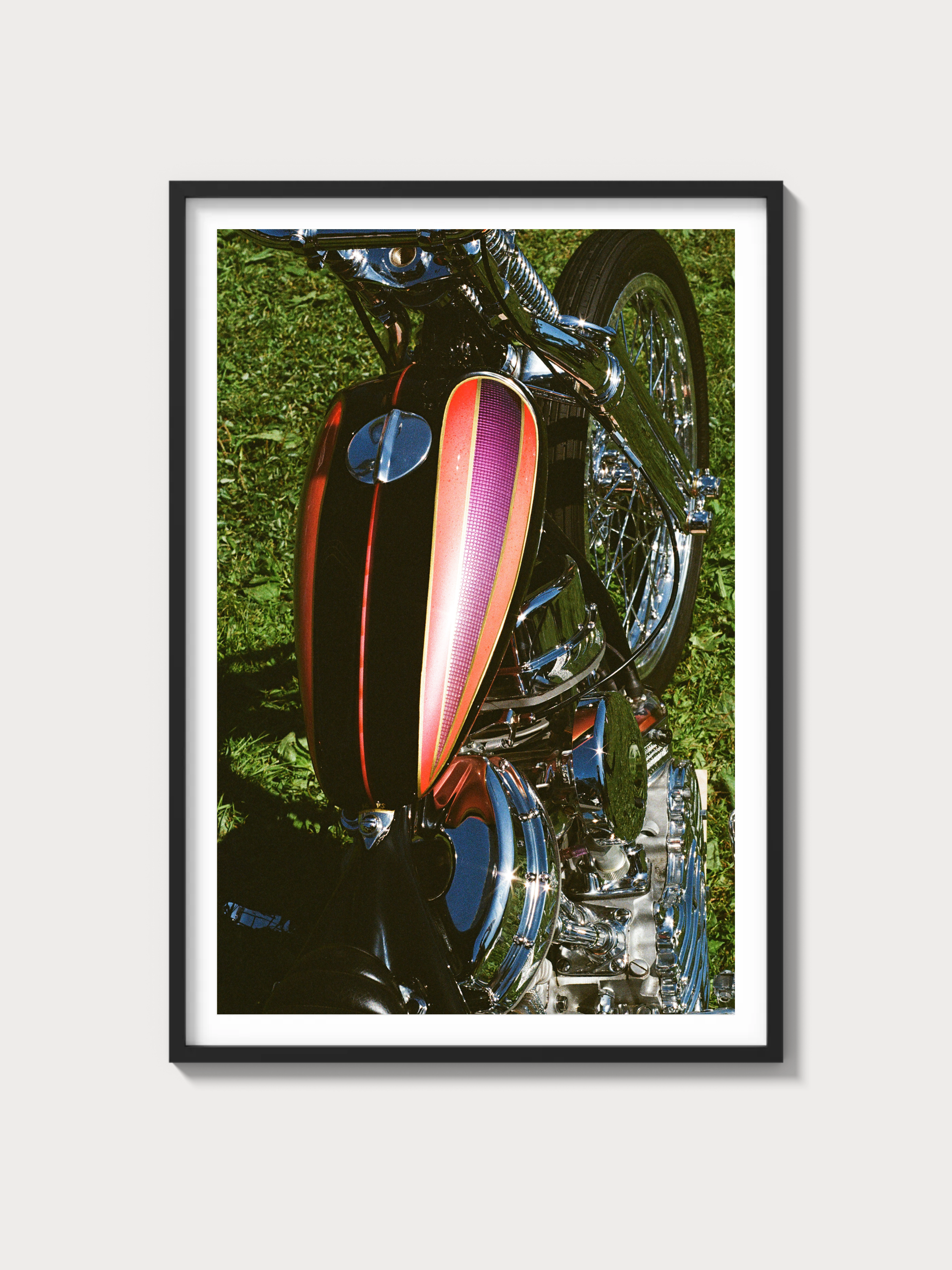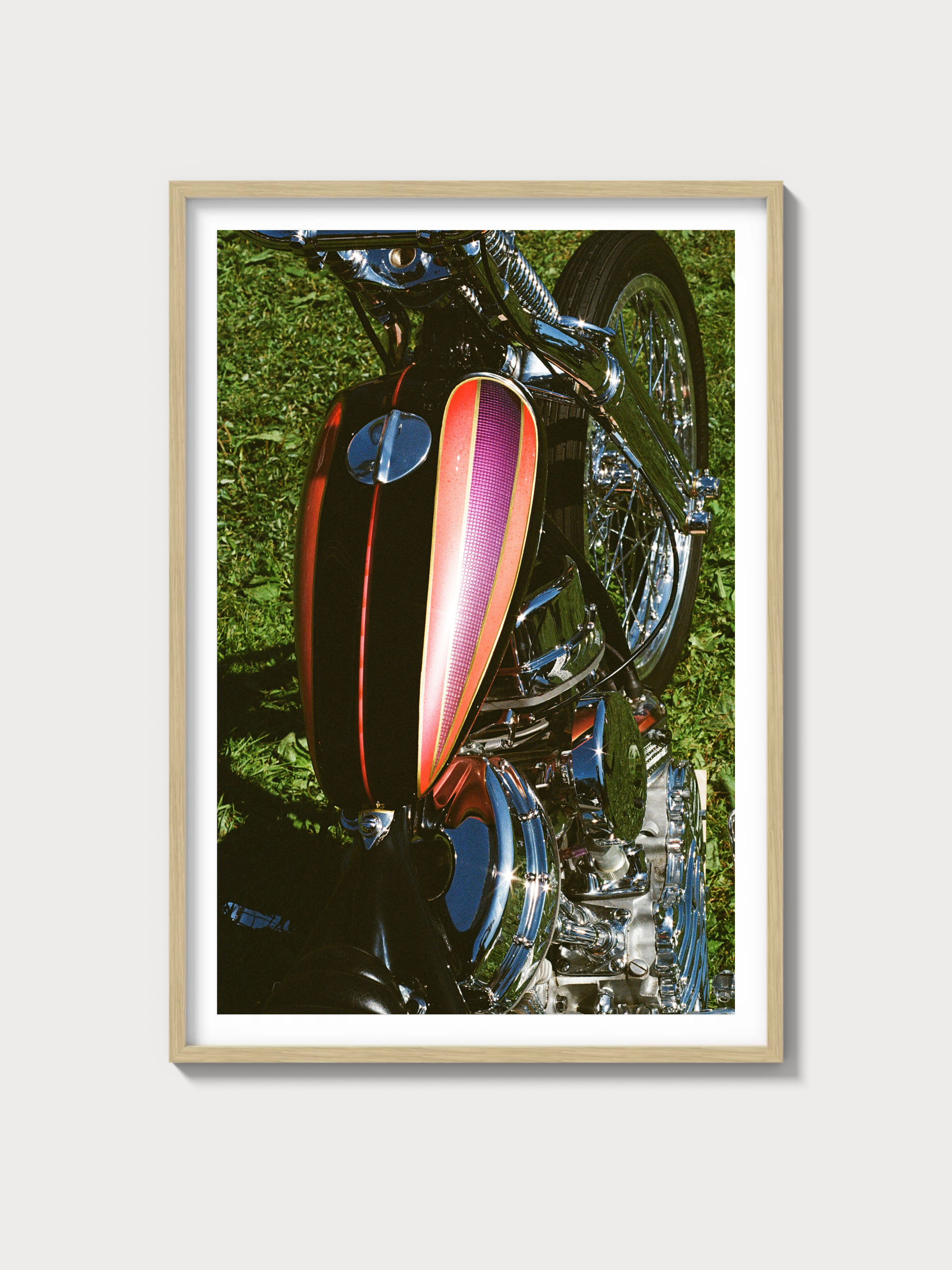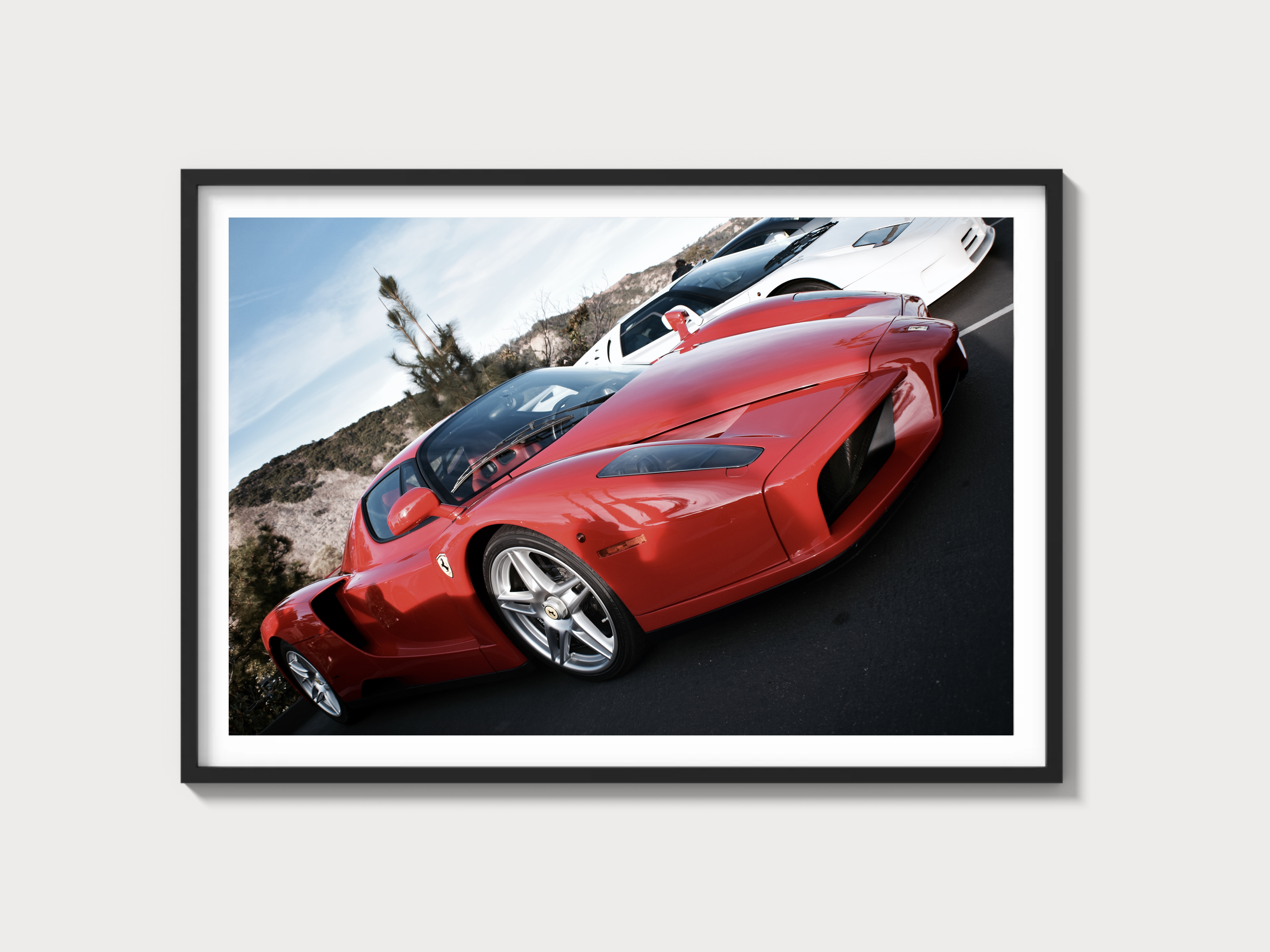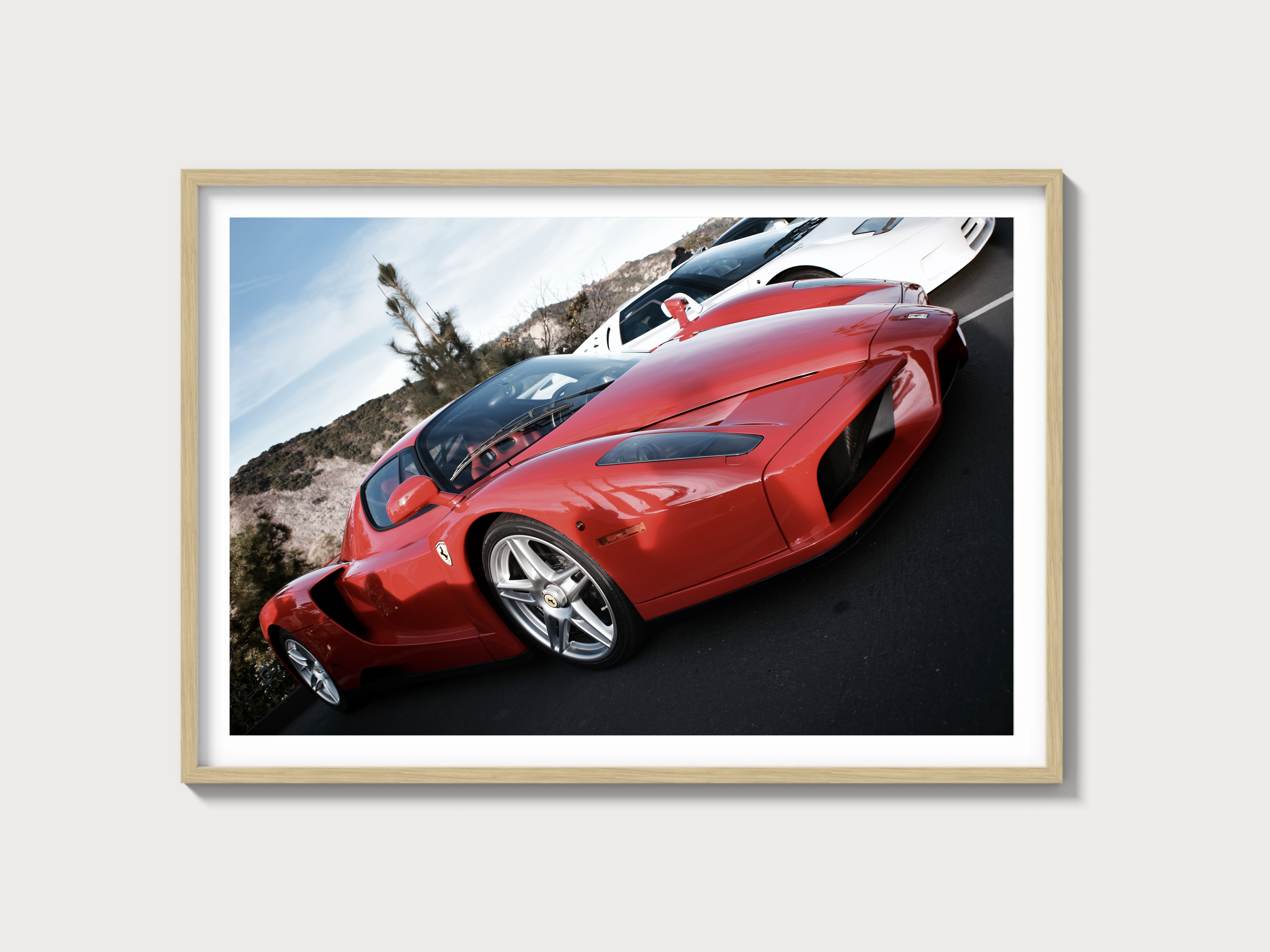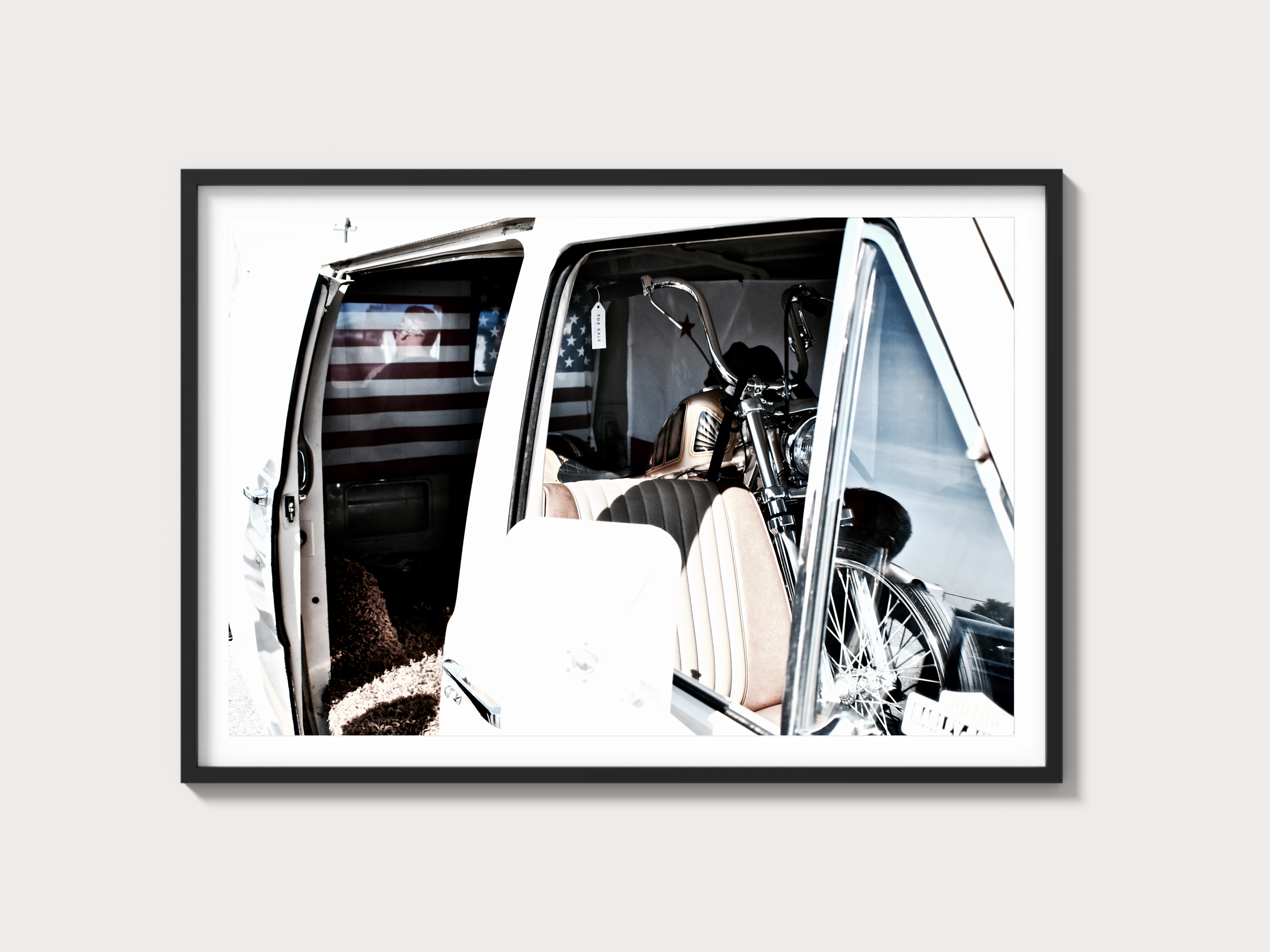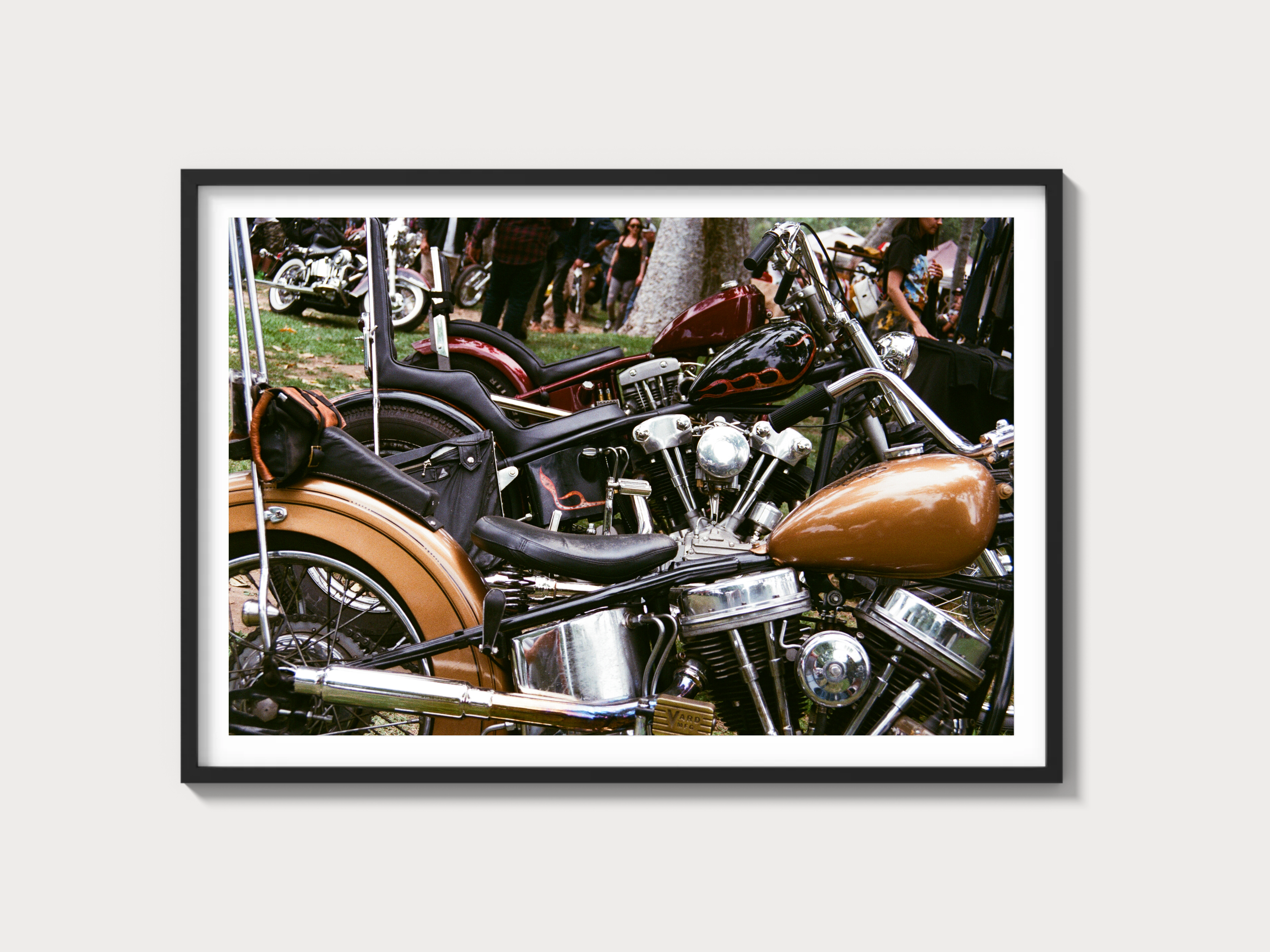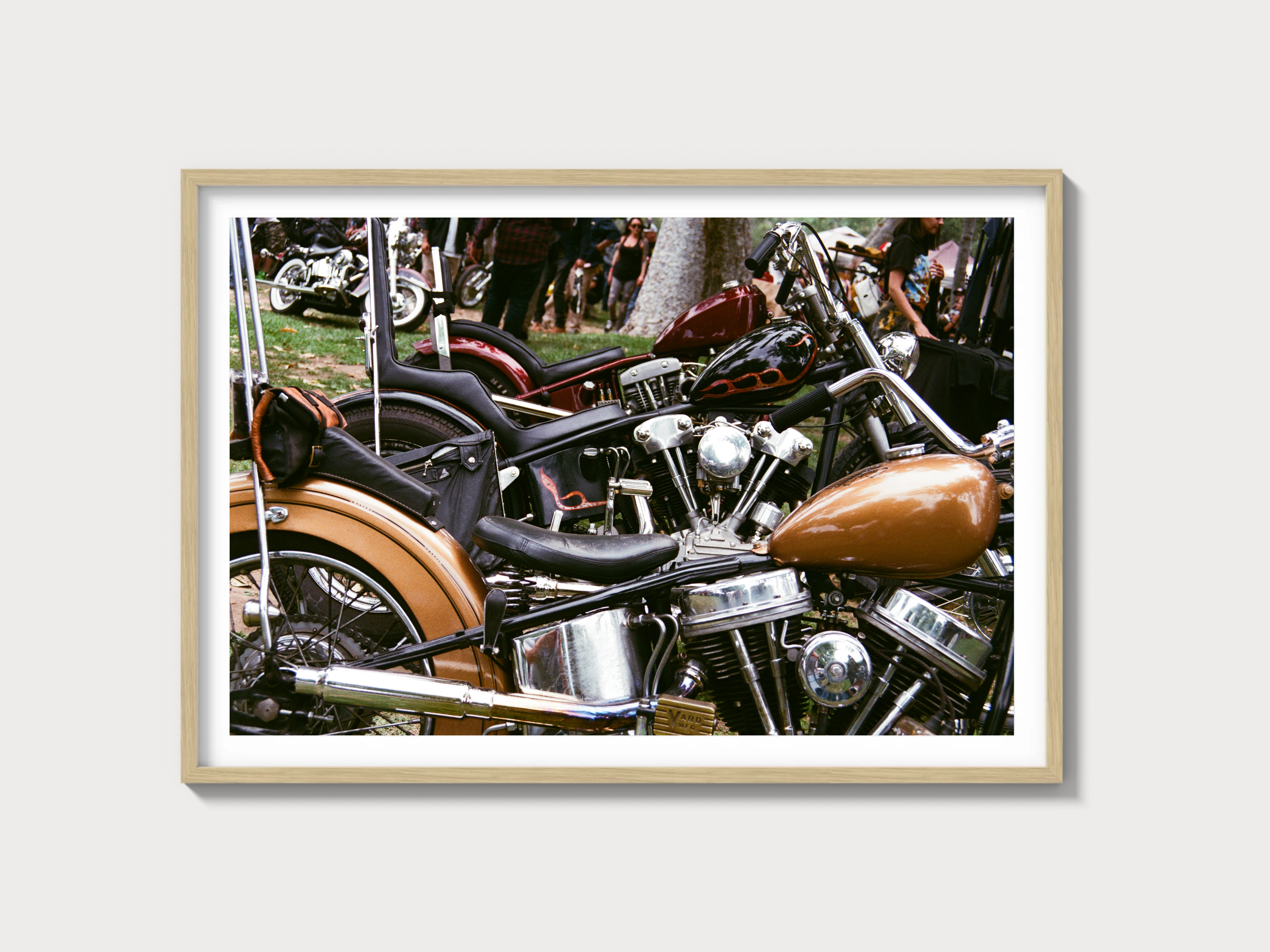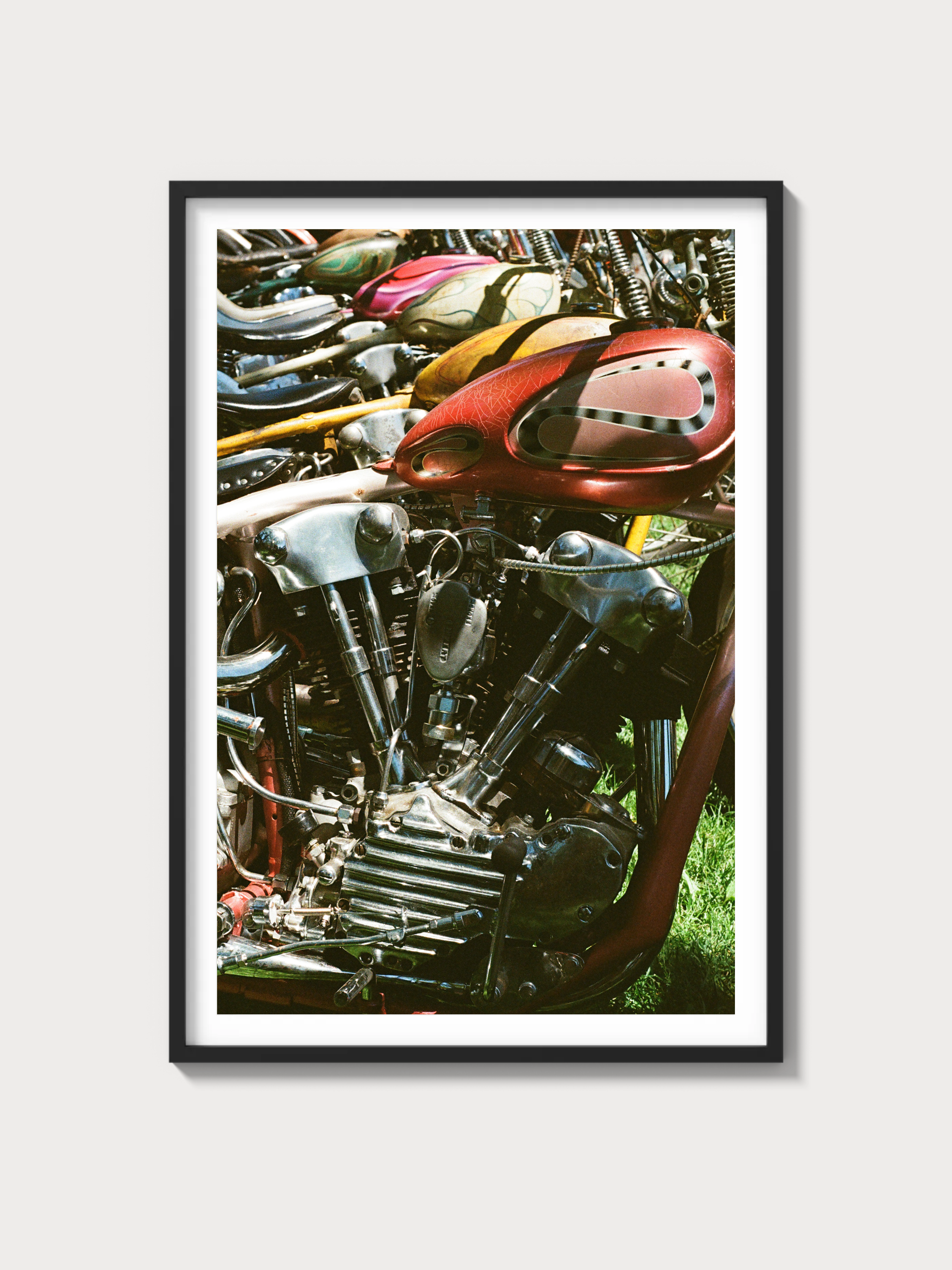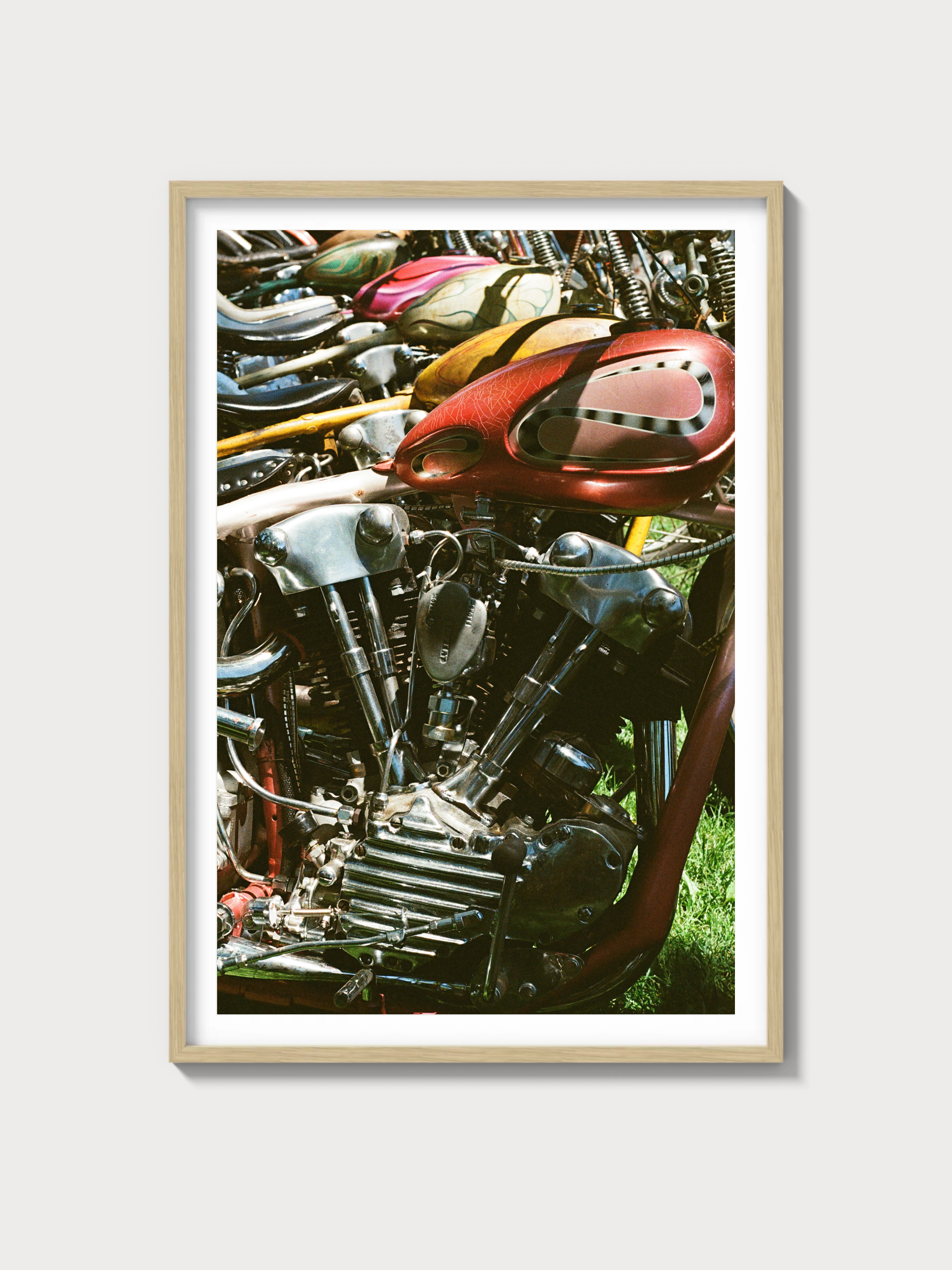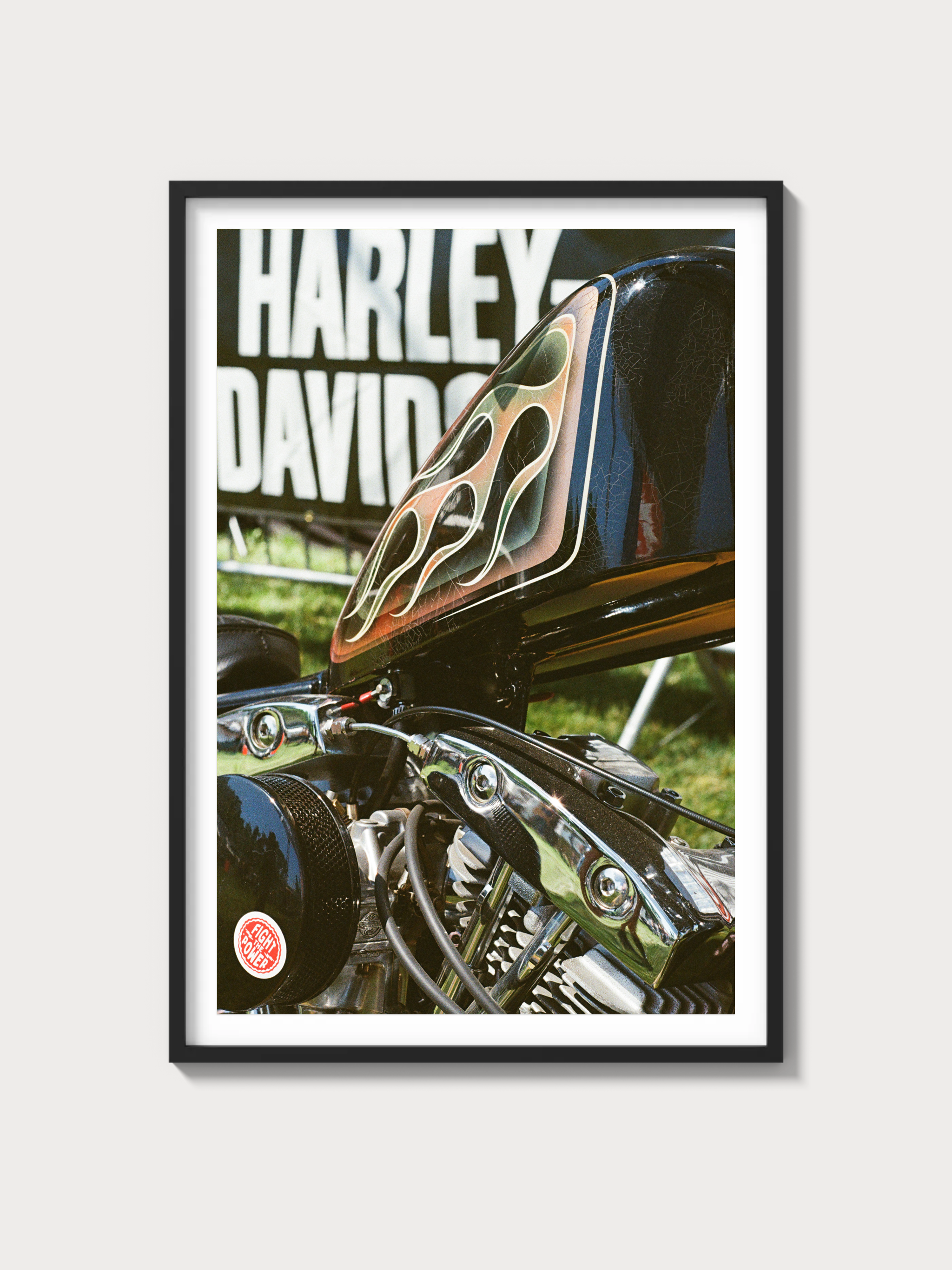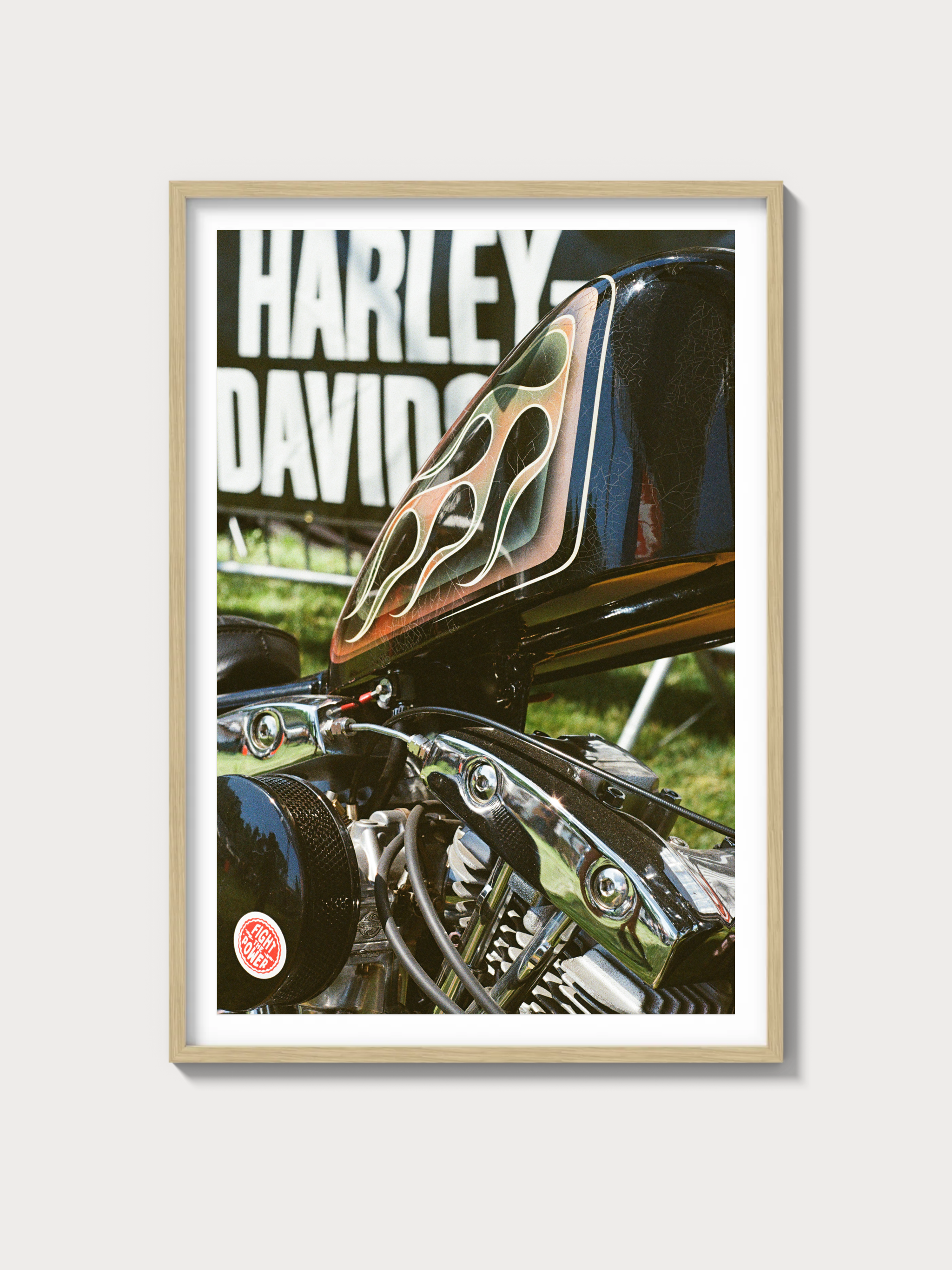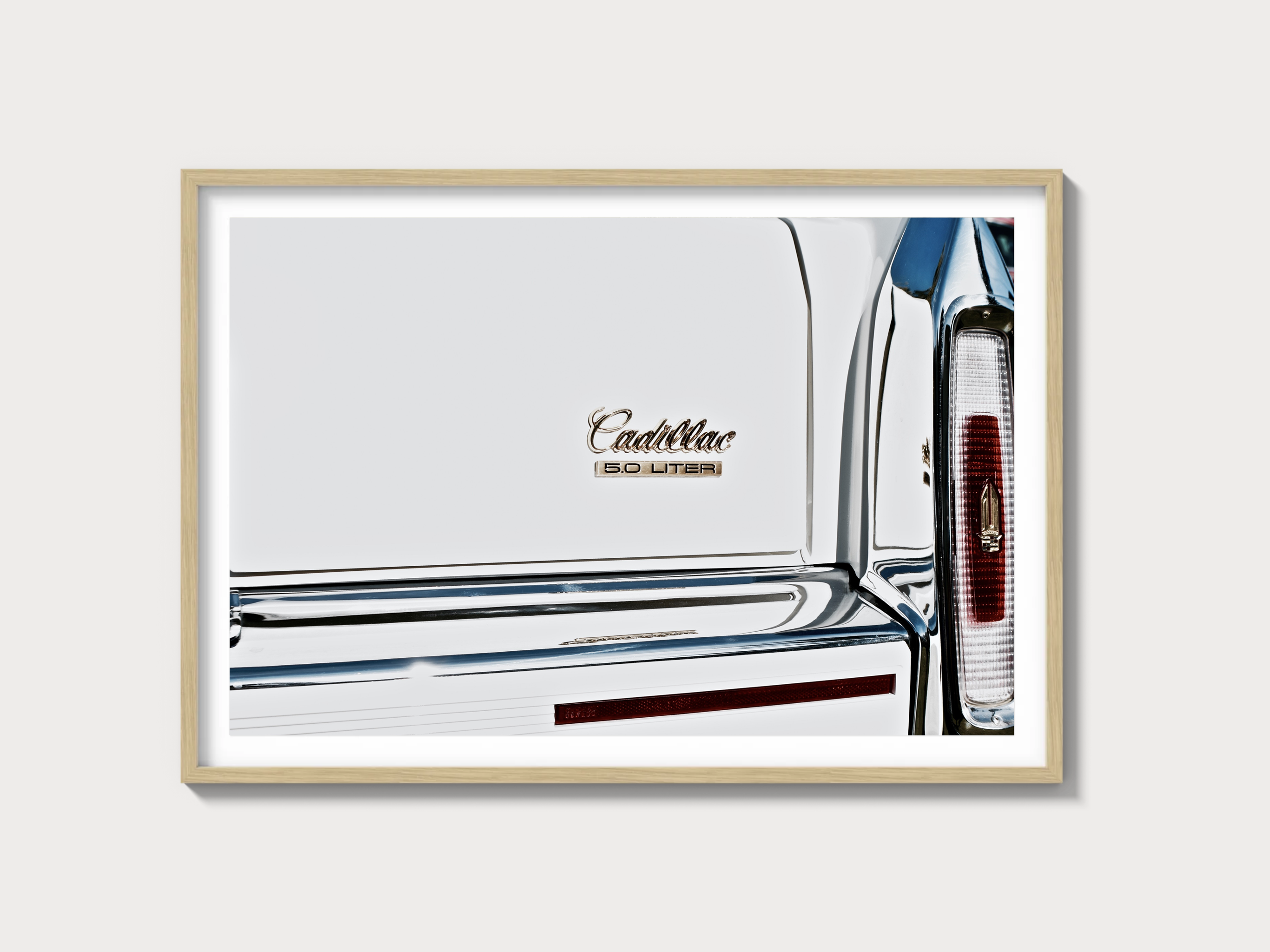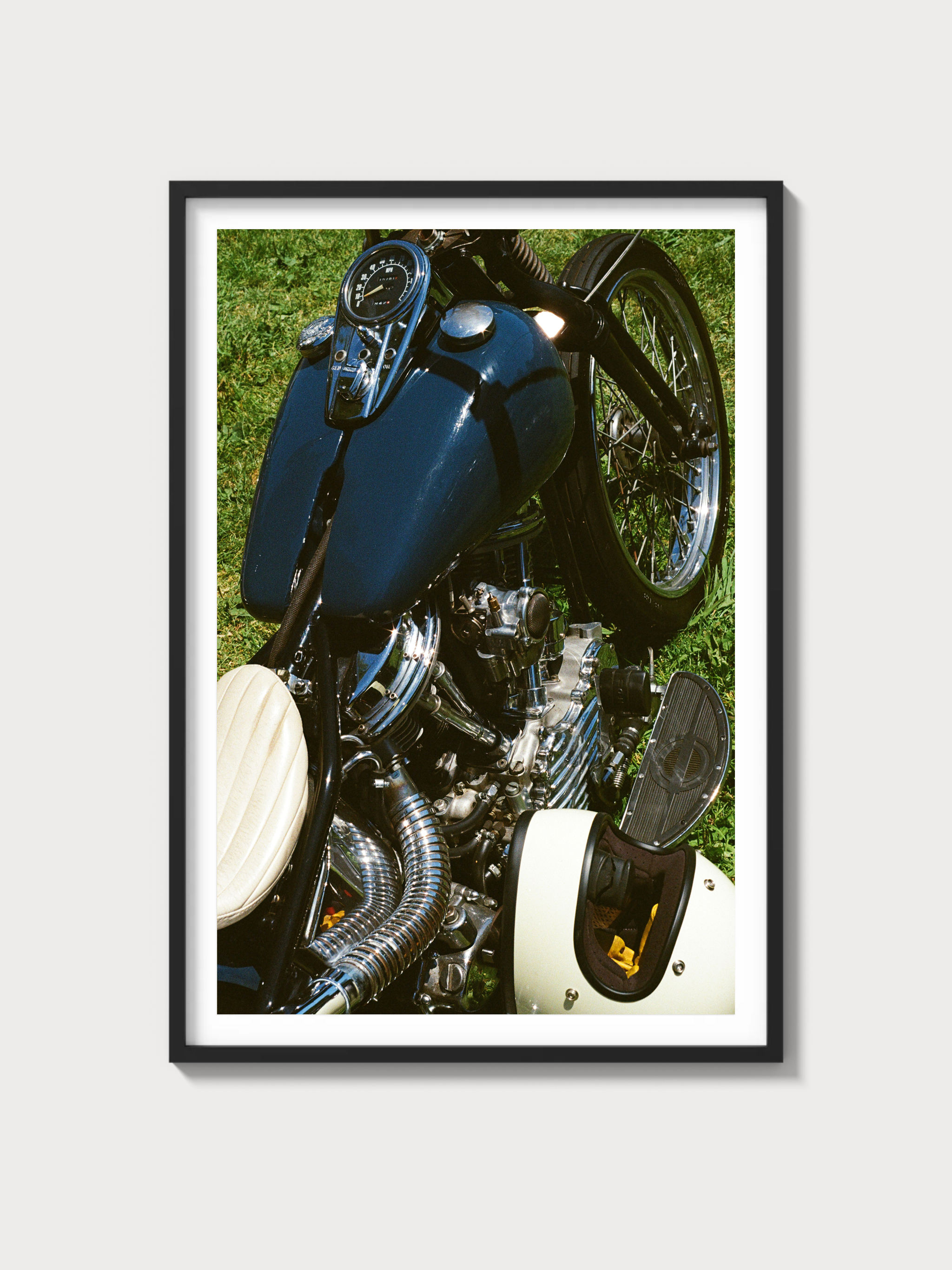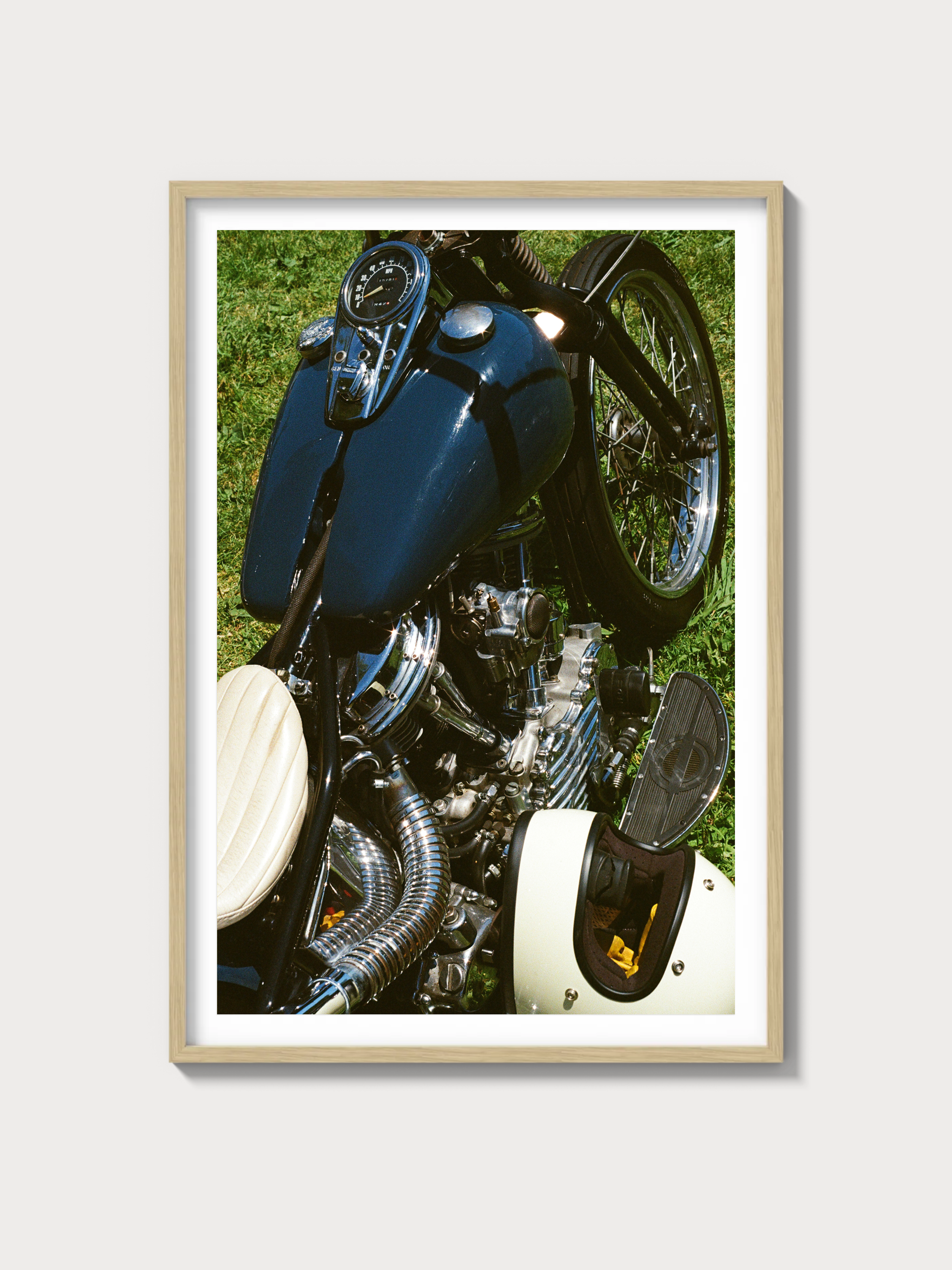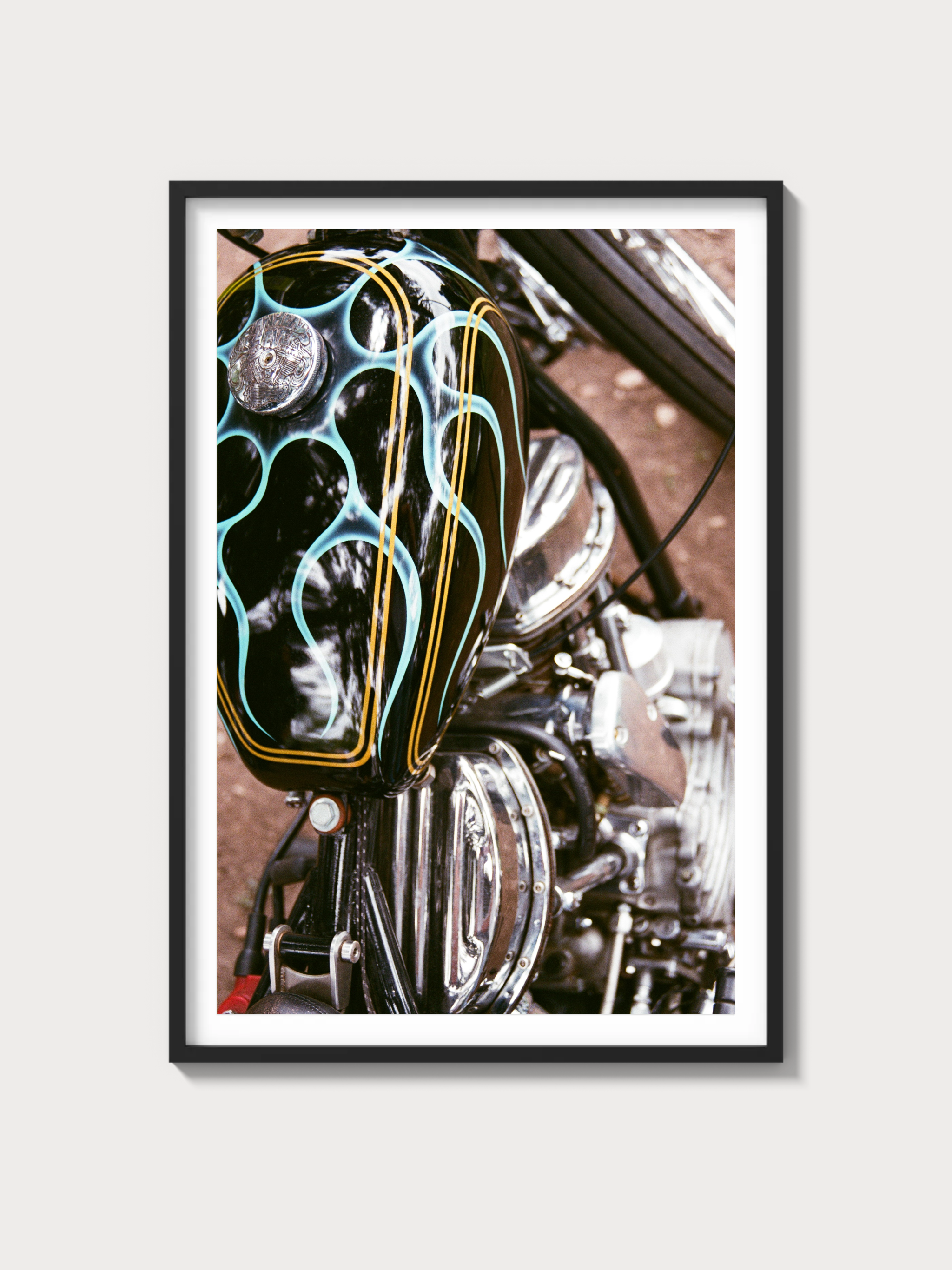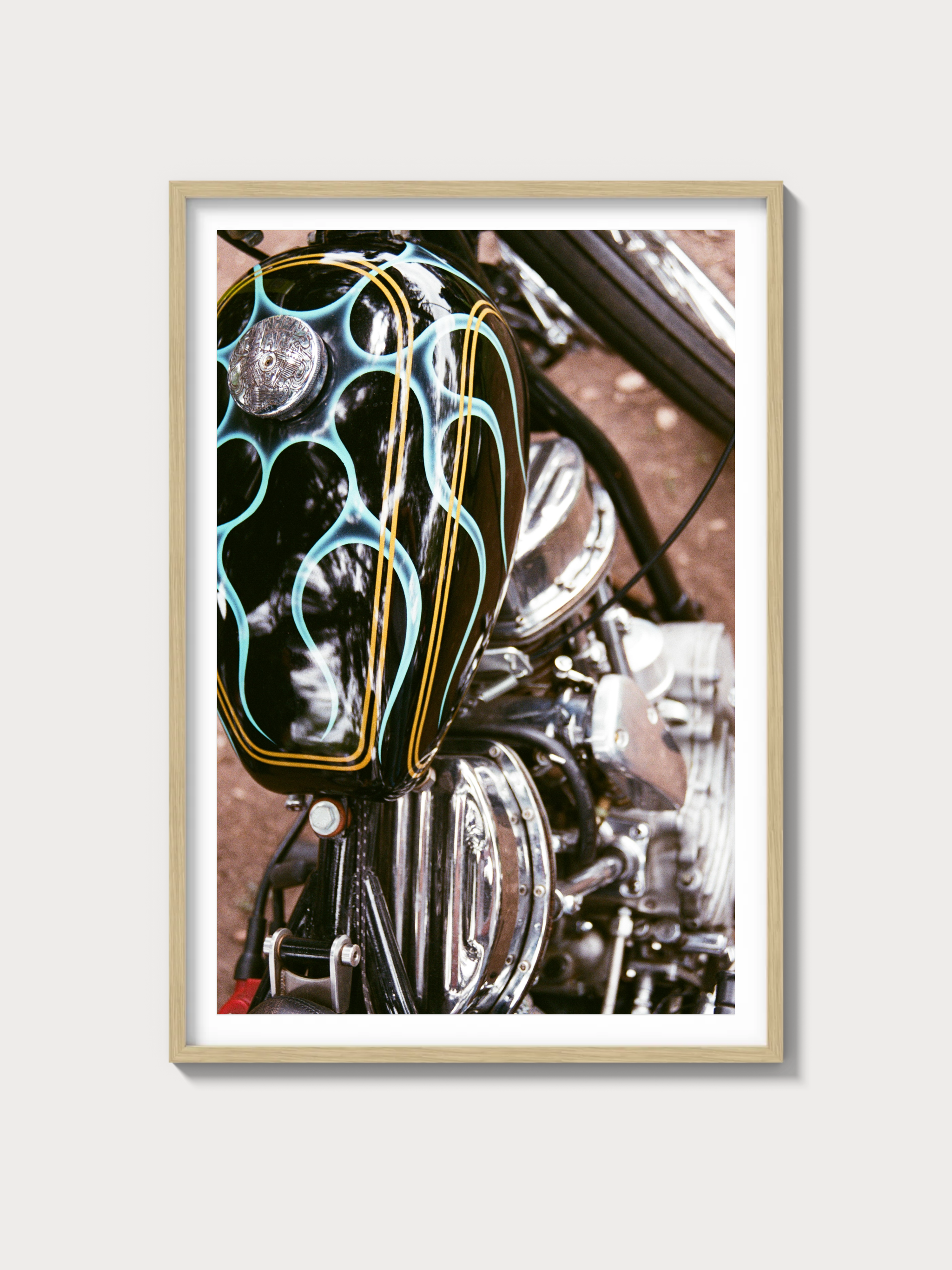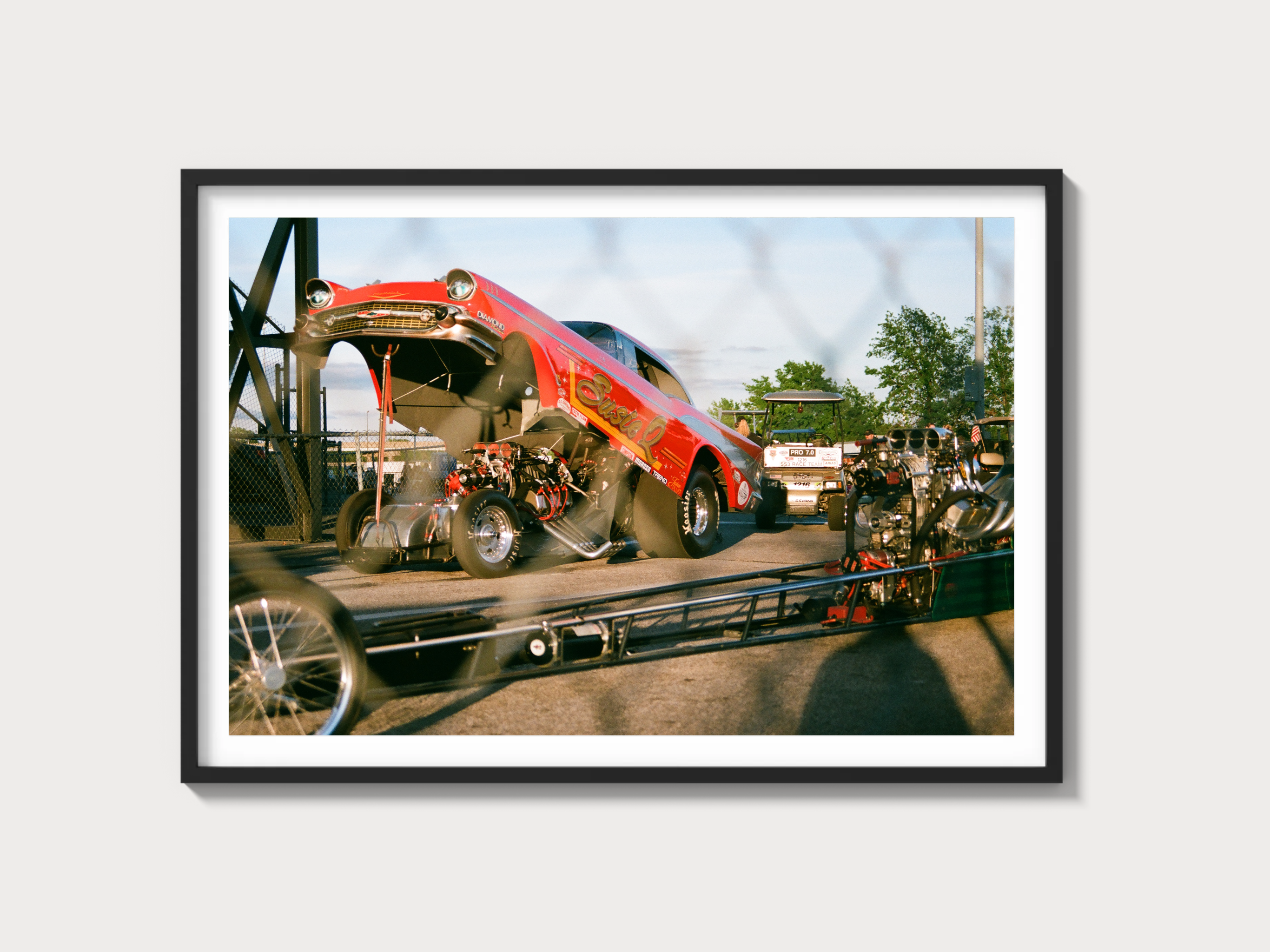2002–2006 Chevrolet Avalanche Base (1st Gen) — Technical Buyer’s Guide
Historical context and development background
When Chevrolet launched the Avalanche for 2002, it wasn’t simply another full-size truck variant—it was General Motors’ bid to formalize the “Sport Utility Truck” idea on the GMT800 architecture. Sharing its core with the Tahoe/Suburban family and Silverado half-ton, the Avalanche arrived with an integrated bed and the signature “Convert-a-Cab” Midgate that allowed the rear of the passenger compartment to fold into the cargo box. It delivered Suburban-like ride comfort and interior space, with the ability to haul longer loads when needed.
Early trucks were defined by extensive composite body cladding—practical for parking-lot dings and UV resistance, polarizing to some eyes. For 2003, Chevrolet added the WBH (Without Body Hardware) variant that deleted the cladding for a cleaner, Silverado-adjacent look. The Avalanche sat alongside its luxury sibling, the Cadillac Escalade EXT, and within a competitive set that included Ford’s F-150 SuperCrew, Dodge’s Ram Quad Cab, and (toward the end of the run) Honda’s Ridgeline. The Avalanche 2500 addressed buyers needing serious towing with the big-block 8.1L V8, while the mainstream Base/LS/LT 1500 gamed the sweet spot of comfort and utility. Assembly took place in Silao, Mexico, leveraging GM’s high-volume SUV/truck supply chain.
Engine and technical specifications
Two principal powertrains defined the first-generation Avalanche:
- 1500 (Base/LS/LT, 2WD or 4WD): 5.3L Vortec 5300 V8 (LM7 and flex-fuel L59 on some years), 4L60-E four-speed automatic.
- 2500 (2WD or 4WD, up to 2005): 8.1L Vortec 8100 V8 (L18), 4L80-E four-speed automatic, 8-lug running gear.
| Engine | Configuration | Displacement | Horsepower | Induction | Redline | Fuel System | Compression | Bore x Stroke |
|---|---|---|---|---|---|---|---|---|
| Vortec 5300 (LM7/L59) | 90° OHV V8, iron block (LM7), aluminum heads | 5,327 cc (5.3 L) | 285–295 hp; 325 lb-ft (typical for model run) | Naturally aspirated | ~5,600–5,800 rpm | Sequential multi-port injection | ~9.5:1 (LM7 typical) | 96.0 mm x 92.0 mm (3.78 in x 3.62 in) |
| Vortec 8100 (L18) | 90° OHV V8, iron block/heads | 8,128 cc (8.1 L) | 340 hp; 455 lb-ft (2500) | Naturally aspirated | ~5,000 rpm | Sequential multi-port injection | ~9.1:1 (typical) | 107.0 mm x 111.0 mm (4.25 in x 4.37 in) |
Drivetrain notes: 1500 models used the 4L60-E automatic; 2500s stepped up to the heavy-duty 4L80-E. Four-wheel-drive trucks typically used the Autotrac two-speed transfer case with an automatic 4WD mode. Rear axles and ring gear sizing differed by series, with 8-lug hardware and stouter driveline components on 2500s.
Driving experience and handling dynamics
The Avalanche’s chassis tuning leans more SUV than pickup, which is the point. The 1500 rides on a five-link, coil-spring rear axle and a short/long-arm front, yielding notably better secondary ride than a leaf-sprung half-ton pickup. Steering is recirculating-ball—light off-center and honest in feedback for a body-on-frame truck. The 5.3L V8 is tractable, with a broad torque plateau that masks the four-speed’s wide spacing. Throttle response is crisp for an early-2000s cable/drive-by-cable setup (with gradual transition toward electronic controls on later years), and the transmission’s calibration prioritizes smoothness over snap.
Braking performance is solid for the class. Early 1500s feature four-wheel discs; later 1500s adopted rear drums in line with GMT800 updates, while 2500s retained heavy-duty hardware. Tire choice and package matter: Z71 off-road trucks trade some on-road precision for sidewall compliance and skid-plate confidence, while the Z66 package (2WD) emphasizes on-road tuning with quicker turn-in and street-oriented tires.
Full performance specifications
Factory limiters and equipment variation (bed covers, cladding, gearing, 2WD/4WD) influence results, but period instrumented tests provide useful guidance.
| Spec | Avalanche 1500 (5.3L) | Avalanche 2500 (8.1L) |
|---|---|---|
| 0–60 mph | Approx. 8.8–9.5 s (typical period tests) | Approx. 8.4–9.0 s (typical period tests) |
| Quarter-mile | ~16.9–17.4 s @ ~80–83 mph | ~16.5–17.0 s @ ~82–85 mph |
| Top speed | Governed ~98 mph (tire-dependent) | Governed ~98 mph (tire-dependent) |
| Curb weight | ~5,300–5,800 lb (config-dependent) | ~6,800–7,200 lb |
| Layout | Front-engine; RWD or 4WD | Front-engine; RWD or 4WD |
| Brakes | Front discs; rear discs (early) or drums (later 1500) | Heavy-duty discs (front/rear) |
| Suspension | SLA front (torsion-bar on 4WD); 5-link coil-spring rear | SLA front; heavy-duty leaf-spring rear |
| Gearbox | 4L60-E 4-sp auto; 2-sp Autotrac transfer case (4WD) | 4L80-E 4-sp auto; 2-sp Autotrac transfer case (4WD) |
Variant breakdown (trims, packages, editions)
The “Base” Avalanche was the entry point, typically with cloth seating and fewer comfort options than LS/LT, but the core structure and Midgate utility were standard across the line.
| Trim / Edition | Years | Drivetrain | Engines | Body Cladding | Key Differences | Published Production |
|---|---|---|---|---|---|---|
| Base (1500) | 2002–2006 | RWD or 4WD | 5.3L V8 | Cladded (2002–2006) or WBH (from 2003) | Cloth, basic audio, steel or alloy wheels depending on year/options | Not officially broken out by GM |
| LS (1500) | 2002–2006 | RWD or 4WD | 5.3L V8 | Cladded or WBH | Power accessories, upgraded audio, more appearance choices | Not officially broken out by GM |
| LT (1500) | 2002–2006 | RWD or 4WD | 5.3L V8 | Cladded or WBH | Leather, premium sound, more convenience/comfort features | Not officially broken out by GM |
| Z71 Off-Road (1500) | 2002–2006 | 4WD | 5.3L V8 | Usually cladded; WBH on select years | Skid plates, off-road shocks, all-terrain tires, distinctive decals | Not officially broken out by GM |
| Z66 Premium On-Road (1500) | 2002–2006 | RWD | 5.3L V8 | Cladded or WBH | Street-oriented suspension tuning, unique badging, highway tires | Not officially broken out by GM |
| 2500 | 2002–2005 | RWD or 4WD | 8.1L V8 (340 hp) | Cladded or WBH | 8-lug axles, HD brakes/suspension, higher tow ratings; discontinued after 2005 | Low-volume; no official trim split |
| The North Face Edition | Select early years | RWD or 4WD | 5.3L V8 | Cladded | Special colors, interior accents, branded accessories | No official figure published |
WBH (Without Body Hardware) appeared for 2003, deleting the composite cladding and changing the visual narrative. The 2500 with the 8.1L big-block was the towing ace but was phased out after 2005.
Design, packaging, and the Midgate advantage
The bed is the story. With the three-piece hard tonneau in place, cargo remains weather-sheltered; remove the panels and drop the Midgate and the Avalanche transforms into a long-bed hauler with the rear glass stowed. Lockable “saddlebag” storage boxes flanking the bed add day-to-day utility. Inside, seating and dash architecture mirror period GM SUVs—robust, intuitive, and geared to long-distance comfort.
Ownership notes: maintenance, parts, restoration
- Service intervals: Regular oil changes (quality 5W-30), differential and transfer case fluids at sensible intervals if towing/4WD use is frequent, and transmission fluid/filter service that respects the duty cycle (especially on the 4L60-E).
- Known issues (GMT800 family): Steering intermediate-shaft clunk, brake line corrosion in salt climates, ABS wheel-speed sensor corrosion, instrument cluster stepper-motor failures, HVAC blend-door actuators, parking brake shoe delamination (rear-drum years), and transfer case “pump rub” on certain NV/NP cases leading to a wear-through of the rear housing if not addressed.
- Engine-specific: 5.3L LM7/L59 can exhibit cold-start piston slap (generally harmless but audible), intake/valley knock-sensor moisture intrusion, and occasional intake manifold gasket leaks. The 8.1L L18 is stout but thirstier; look for cooling-system diligence, exhaust-manifold bolt integrity, and transmission service, as it often saw tow duty.
- Brakes: Early 1500s with rear discs require attention to parking-brake shoe condition and rear caliper slide lubrication. Later 1500s with rear drums need periodic shoe and hardware inspections to maintain pedal feel and parking-brake hold.
- Body/trim: Inspect Midgate seals, rear glass seals, and the sail-panel gaskets; water ingress can appear in the bed and cabin if neglected. UV fade/chalking on cladding can be addressed with correct restoration products.
- Parts ecosystem: Excellent availability thanks to platform commonality with Silverado, Tahoe, and Suburban. Restoration difficulty is modest; specialty items (WBH trim, North Face interior pieces, some cladding elements) can take patience to source in top condition.
Cultural relevance and market perspective
The Avalanche is a time capsule of early-2000s truck design. The cladding became an icon—admired by some, lampooned by others—and the Midgate concept was influential enough to be adopted in spirit by later SUTs. Its luxury twin, the Cadillac Escalade EXT, amplified the concept’s visibility in media and music videos of the era, while Chevrolet’s Avalanche remained the work-ready, family-hauler expression.
Collector interest tends to focus on clean, well-kept examples with documented maintenance, WBH visuals for those preferring a subtler look, and 2500 8.1L trucks for their rarity and towing capability. Documented sales have ranged from mid-four-figure drivers to low five-figure outliers for exceptional, low-mileage or 8.1L trucks—condition, equipment, and mileage drive results more than paint codes.
FAQs
Is the 2002–2006 Avalanche Base reliable?
Yes, provided maintenance is current. The engines are durable; the common GMT800 age-related items (steering shaft clunk, brake lines, cluster stepper motors, knock-sensor sealing, and transfer case pump rub) are well-known and straightforward to address.
What engine does the Base use?
Most Base models use the 5.3L Vortec 5300 V8 (LM7; flex-fuel L59 available on some years). The 8.1L big-block was limited to the 2500 series.
How quick is it?
Typical 5.3L 1500s run to 60 mph in roughly nine seconds; the 8.1L 2500 trims that slightly despite greater mass. Top speed is generally governed near 98 mph, tire-dependent.
What’s the tow rating?
Ratings vary by year/axle ratio and equipment. 5.3L 1500s are suitable for moderate trailers; 8.1L 2500s were configured for substantially higher tow ratings. Always verify the specific door-jamb sticker and owner’s manual for the exact figure on a given truck.
Do all Avalanches have the cladding?
No. The WBH (Without Body Hardware) version arrived for 2003, deleting the composite cladding for a cleaner, painted-body look.
Any brake differences within the run?
Early 1500s used four-wheel discs; later 1500s moved to rear drums. 2500s retained heavy-duty disc brakes.
What should I inspect on a used Avalanche?
Midgate and rear-glass seals (water ingress), cladding condition, transfer case for pump rub fixes, transmission shift quality, brake lines, front-end wear (ball joints, idler/pitman arms), and documentation of fluid services (transmission, differentials, transfer case).
Why enthusiasts still seek out the Base
The Base, especially in WBH form, distills the Avalanche to its utility and durability. It’s the rare full-size that transitions from family road trip to hardware-store run without drama. The 5.3L’s broad torque and the coil-spring rear ride make it a long-haul companion; the Midgate makes it a problem-solver.




